Old masonry in the morning light.

rendered Mai 2016
Antivari was famous for medieval masonry. E.g the famous cloister in Dubrovnik was made by an "Antibarinus".
Detail of Ornament for St. George

rendered oct. 2017
Venetian bagattino (Probably at the end of the fifteenth century)
See additional information.


Copper Follaro of ancient Antivari
from the end of 14th till first half of the 15th century.
The coins of Antivari always begin with "A" with the sign for abbreviation
(meaning " AN") above it.
Anononymous minting of the Town. (click into picture for higher resolution):
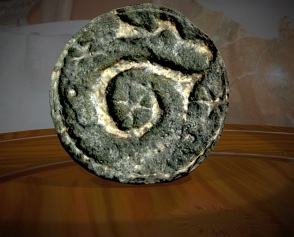
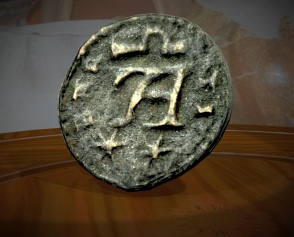
Coin from the autonomous (pre-Venetian) period (~ 1378-1405) :
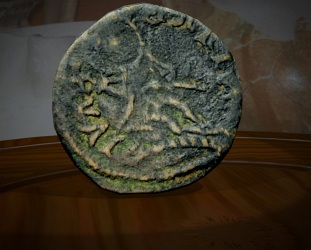

Copper Half-Follaro of Antivari XIV.-XV. century.
It shows St. George riding to the left,
killing a dragon. At the bottom two pearls:

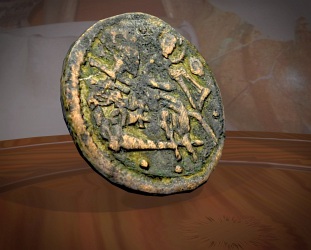
rendered nov. 29. 2014,
A Renaissance transom, 16th century
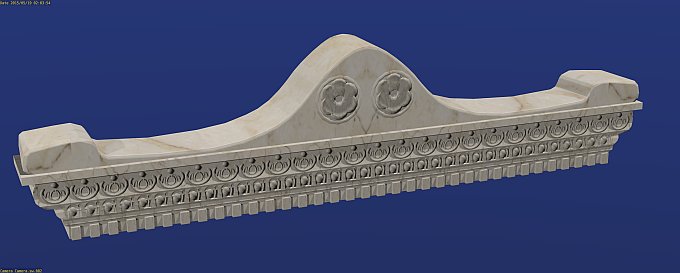
(If your Browser doesn't support the video, you can download video here in .mov-format)
Oil press for squeezing the olives
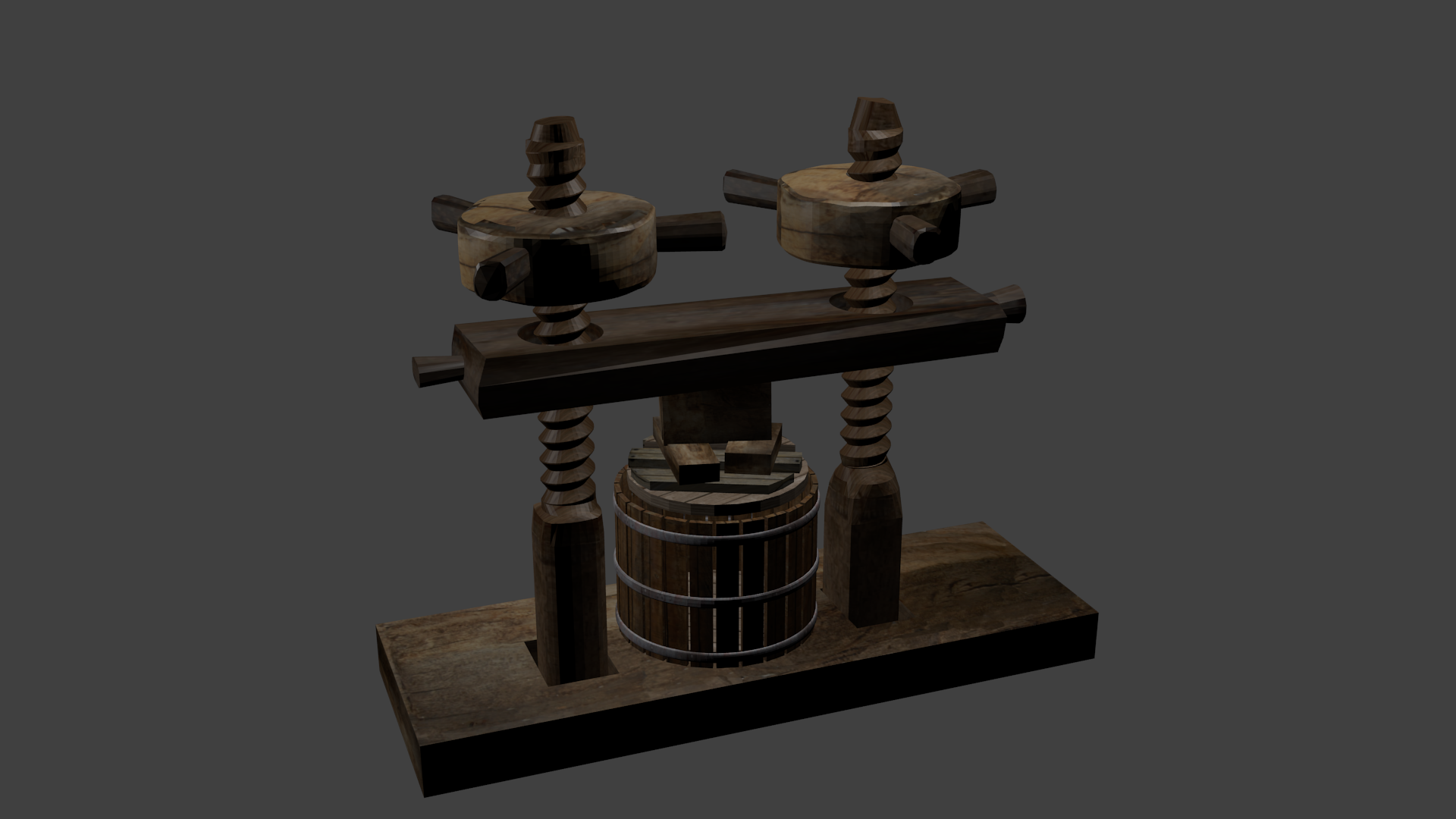
click into image for zoom in new window
Oil press for squeezing the olives (animated):
Please wait a little bit till video is loaded - resolution is 1920 x 1080px
If your Browser can't display the video, download here: (olivepress.mp4)
Additional information:
The autonomous period of the monetary history of Antivari began at the time of the rule of Balšić dynasty (1360-1421), when there were coined the examples of coins in two types and several variants.
Among the oldest Antivari’s follaros are those with stylized letters G and A on the obverse and the reverse, with the appearance of different examples with the text of the words (A-ntivari/-ntibar, G-eorgius) around these letters or without it.
On the copy of the copper follaro (1378-1405) the big G with the sign of shortening is situated between three stars and above the three pearls, while on the reverse is the monogram AN with abbreviation sign, and on the sides the letters TI - ** (two stars) - BAR.
Diameter of that example is 20 mm, with the weight of 1.62 g.
[ Savo Marković ]
Probably at the end of the fifteenth century appears Venetian bagattino coined for Antivari, of pure copper, smaller in size and in weight than follaro, with a town’s patron on horseback "galoppante a sinistra", a dragon and the epigraph • S • GEORG • • ANTIVARI, on the one - and the Venetian lion of St. Mark with a halo ("leone nimbato") within the circle of pearls, and the inscription • † • S • MARCVS • • VENETI, on the other side (reverse). With that, for the money of the town of Antivari began the period of Venetian rule.
[ Source: Savo Marković, Studia Antibarensia, Perast 2006, pp. 64-67. ]
Source of the photos used for the Follaro, Half-Follaro , pre-venetian coin: www.sixbid.com
www.sixbid.com/images/auction_images/553/574248m.jpg
www.sixbid.com/images/auction_images/553/574251m.jpg
Source of the photos used for the Bagattin: www.nomisma.bidinside.com/en/lot/.../antivari-bagattino-pa-756-indicato-r-4-cu-/